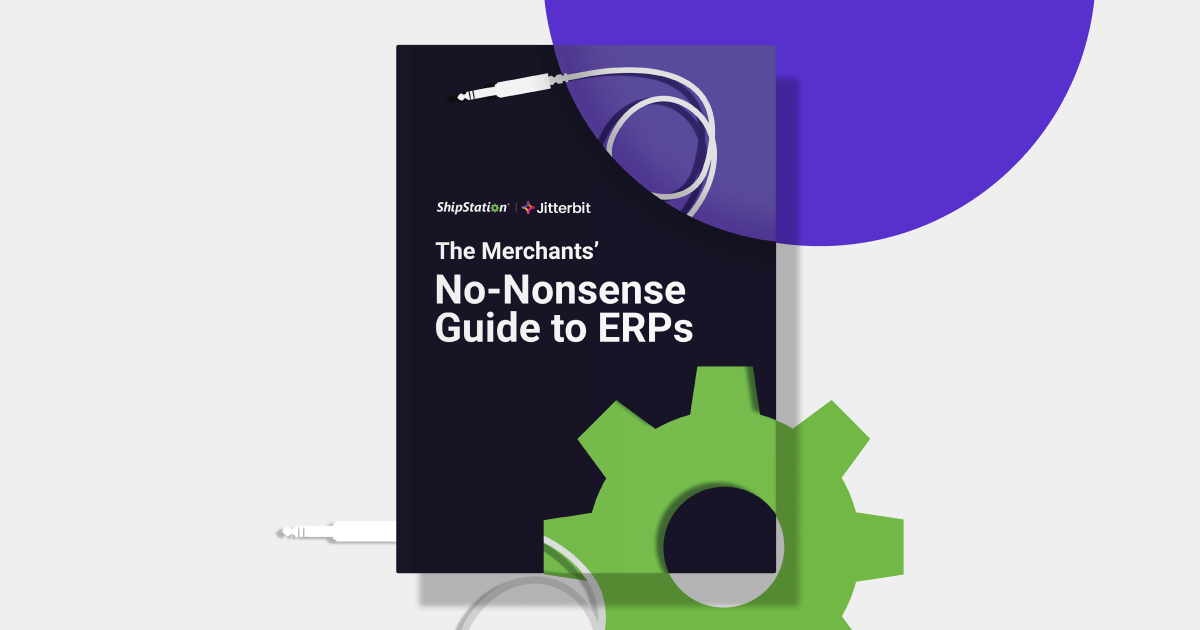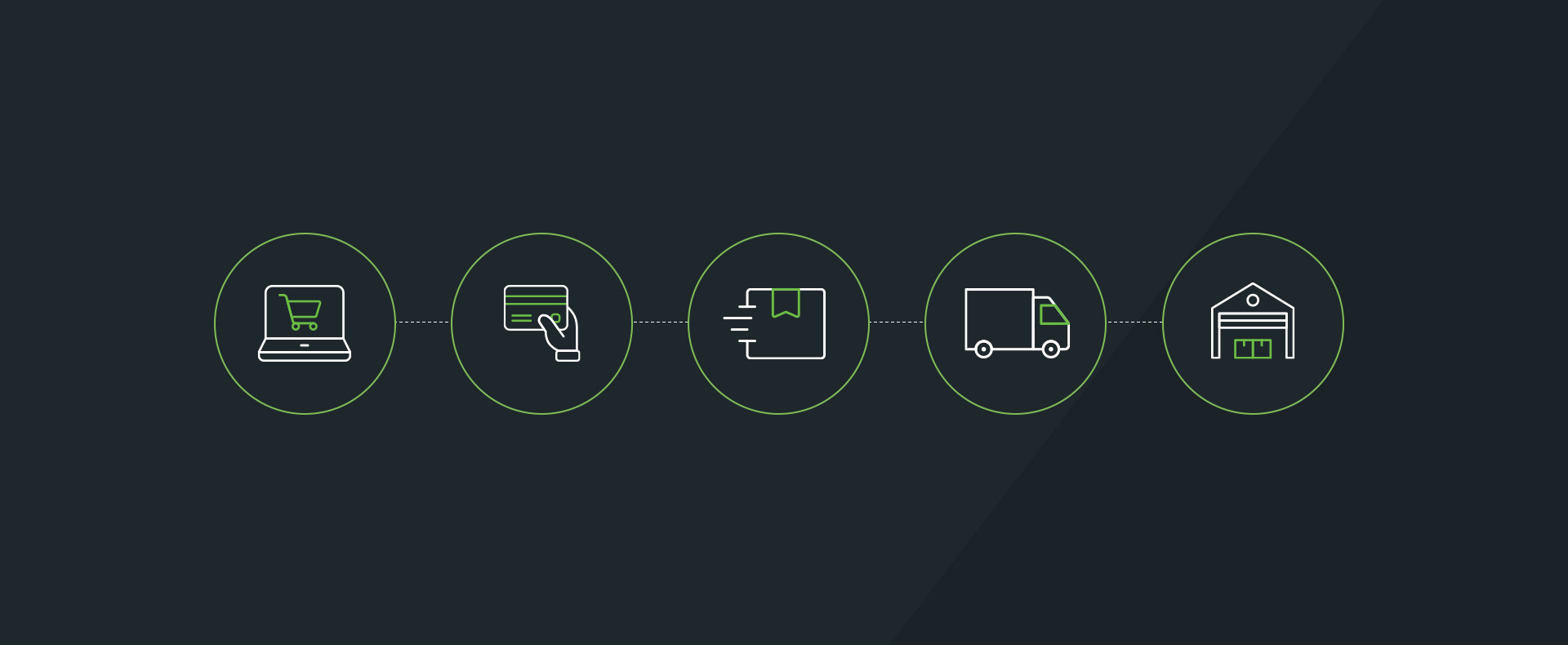Becoming the Multi-Channel Merchant
Let’s imagine, for a moment, a scenario: you’re an eCommerce merchant, and a successful one at that (not so hard to imagine, right?). You have a steady stream of orders and can either add a healthy chunk of income to your current “day job,” or you’re self-supportive. But you want to grow. You’ve gotten to the point in your business where you’re over the initial parts of finding your marketplace of choice, figuring out what you’re going to sell, and (hopefully) the logistics of how you’re going to get it to the people that ordered it. You’re ready to take your business to the next level.
The question is how.
Do you expand your product line? Add more SKUs to keep track of, more inventory to keep on hand, possibly find new suppliers. The drawback to expanding your product line is the idea of diminishing returns. If you have one product (or even one type of product), people know to come to you for that one product. If you start expanding upon that product too much, you may start looking like an online big-box store, and we already have those.
What about starting up a new marketing campaign? Purchase some display ad space on the Internet, start doing pay-per-click ads, or other kind of paid advertising? You could, but the market for such campaigns are volatile and can get very competitive (read: costly) depending upon your target market and chosen keywords.
Why not sell on a new channel?
Research the right channel upon which you will sell, and list your products. More than likely, you’ll be able to use the same payment provider you already are, you’ll pay some kind of listing fees similar to what you already pay, and it won’t feel like a different experience. But here’s the payoff: you’re now reaching an entirely different audience than you did before. The shoppers on your website aren’t necessarily the same people as you had on eBay. Unlike a marketing campaign that can get costly up front and down the road, and unlike expanding your product line that can add more overhead costs, selling on multiple channels is almost becoming the norm.
Let’s equate it to social media for a moment: there are many channels upon which you can participate in social media, and all of them have their uses. It’s the same principle with different sales channels. On your own website, you have full control. You can create a brand name, deliver an experience, and control nearly the entire buying process. On eBay, however, you’re more than likely a seller attached to an individual listing, and people only find your store through chance or a specific encounter that makes them want to save you as one of their favorite sellers. You have a fantastic and thriving community that is eager to buy and sell products, but you’re a face in the crowd. The same could be said for Amazon, except most of them are probably more of the “instant gratification” type than the “let me stalk these auctions to get the best deal” type.
If you decide to sell on all three of these channels (though there are many more: Etsy, Wish, Jane.com, etc.) you’ve now tapped into all three of their audiences—much more than you ever got on your single channel before. Are there some caveats to choosing to expand your business onto a new channel? Of course. You’ll have to learn that channel, make sure that whatever systems you currently use are compatible with it (or you’re prepared to handle whatever may happen if they’re not), and you will have some initial stumbles.
The benefits, however, of becoming the multi-channel merchant outweigh the potential drawbacks.





